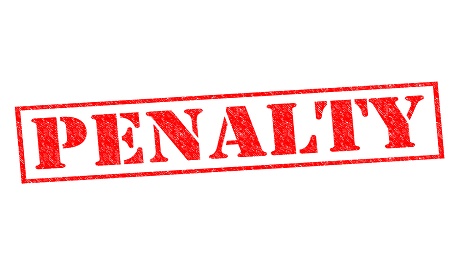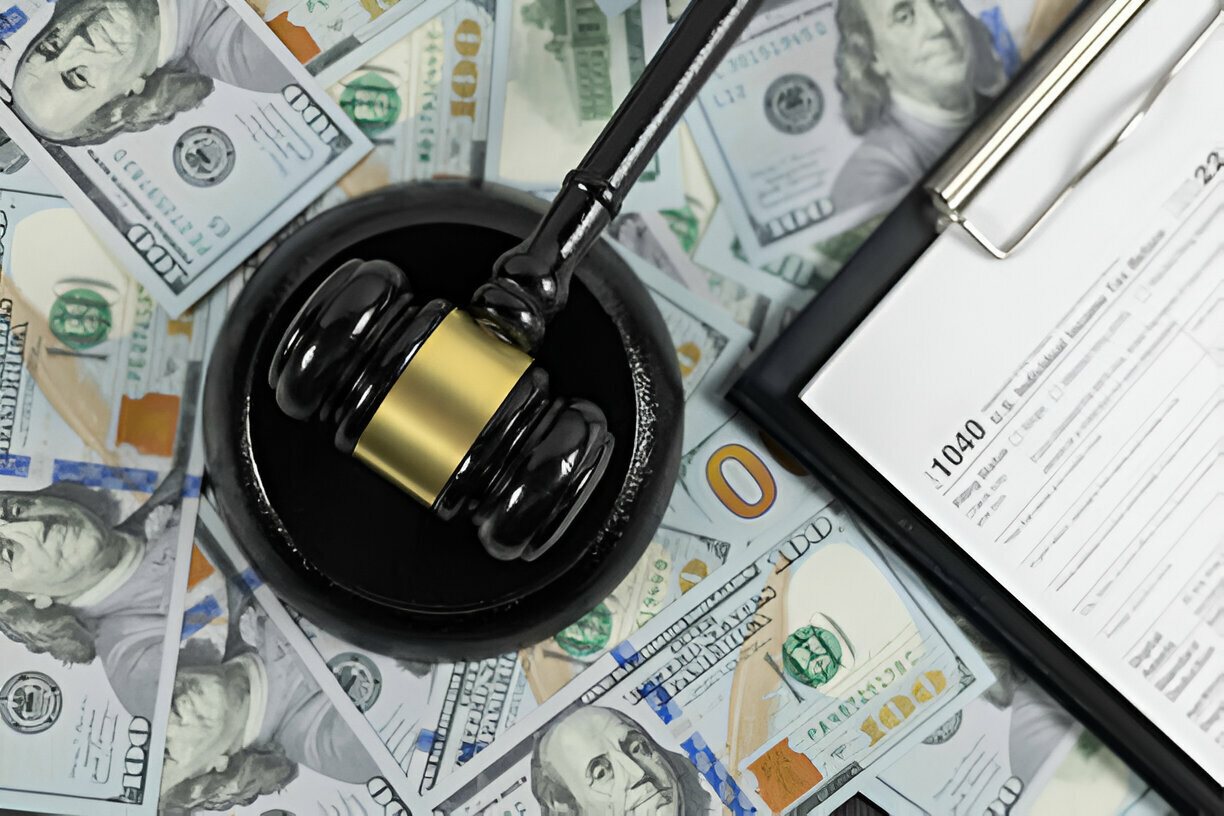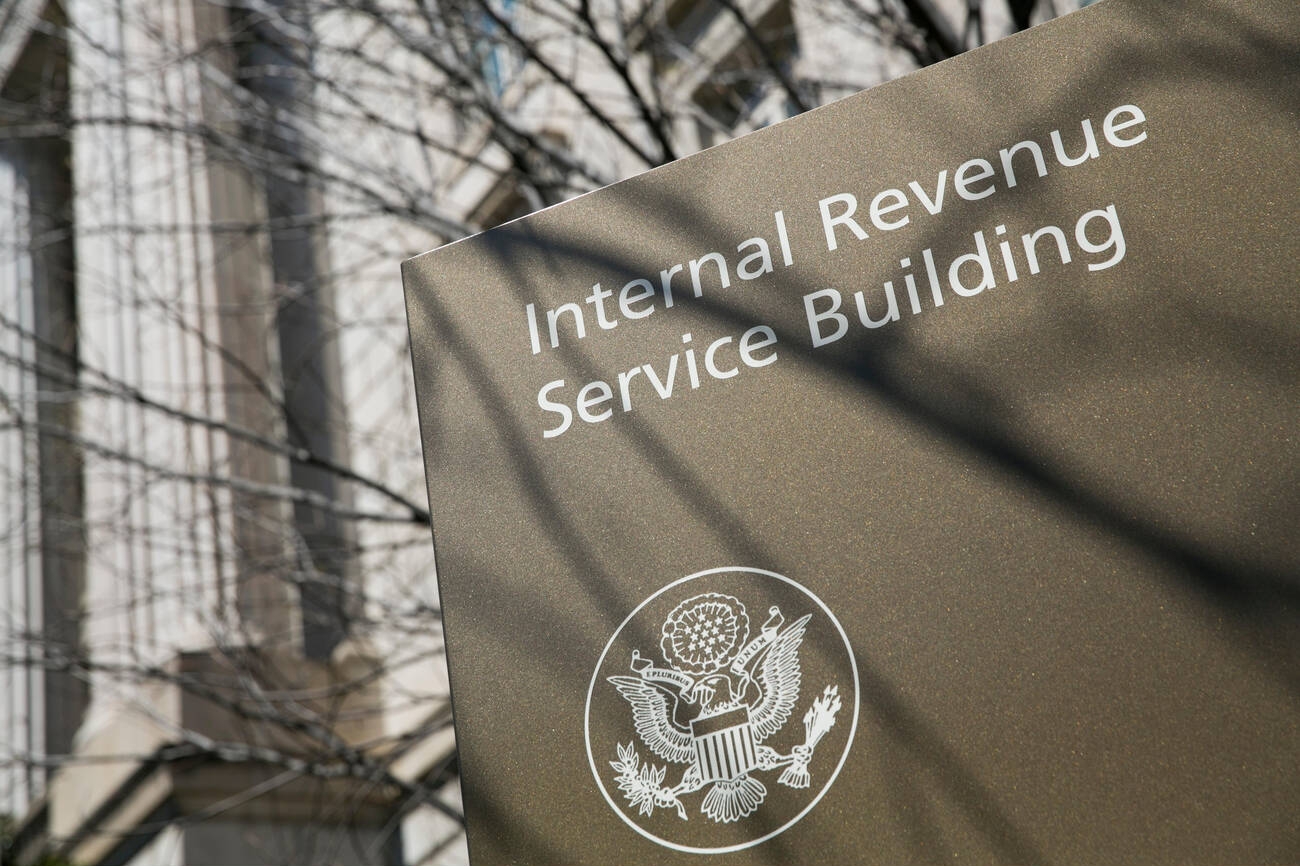It just became more expensive for taxpayers to fail to file their tax returns.
Among other tax-related changes, the new Trade Facilitation and Enforcement Act of 2015, a measure authorizing U.S. Customs and Border Protection, increases the penalty for failing to file a tax return. President Obama inked the new law, which also bans income taxes on Internet services, on February 24, 2016. The higher failure-to-file penalty is effective for returns to be filed after calendar year 2015, so it already applies this tax return season.
This penalty is equal to 5 percent of the additional taxes owed amount for every month (or fraction thereof) your return is late, up to a maximum of 25 percent. Previously, the minimum penalty for failing to file a return within 60 days of the due date, including extensions, was the lesser of $135 or 100 percent of the tax due on the return. The new law boosts this minimum failure-file penalty to the lesser of $205 or 100 percent of the amount of tax owed. Saving grace: The penalty may be reduced or waived if the taxpayer can show the failure is due to reasonable cause.
Taxpayers often confuse this failure-to-file penalty with the failure-to-pay penalty. If a client doesn’t pay the balance due as shown on the tax return by the due date — even if the reason for nonpayment is a bounced check — a penalty of 0.5 percent of the amount of unpaid tax applies for each month it (or partial month) it isn’t paid, up to a maximum of 25 percent of the amount owed.
If both the failure-to-file penalty and the failure-to-pay penalty apply during the same month, the failure-to-file penalty is reduced by 0.5 percent for each month. The 25 percent cap applies to the 5 percent failure-to-file penalty and the 0.5 percent failure-to-pay penalty together.
Of course, if the requisite amount of tax isn’t paid through installments or withholding during the year, the IRS may impose an underpayment penalty (often called the “estimated tax penalty”) based on rates set for each quarter. However, taxpayers can avoid this underpayment penalty by paying at least 90 percent of the current year’s tax liability or 100 percent of the prior year’s tax liability (110 percent if the taxpayer’s AGI for the prior year exceeds $150,000).
And that’s not the end of the story. An accuracy-related penalty may apply if the IRS subsequently adjusts the tax due to a substantial understatement of tax, substantial valuation misstatement or negligence or disregard of the tax law or regulations. These penalties are calculated as a flat 20 percent of the net understatement of tax.
Finally, the IRS will also charge interest on late or unpaid taxes, regardless of cause. Generally, interest is charged on any unpaid tax from the initial due date of the return until the date of payment. The interest rate on unpaid federal tax is determined and posted every quarter. It is equal to the federal short–term interest rate plus three percent and is compounded daily.
As you might imagine, these penalties can easily add up to thousands of dollars over time. Ensure that clients meet their tax ligations and avoid paying penalties or, at the very least, seek to minimize the damages.
Thanks for reading CPA Practice Advisor!
Subscribe Already registered? Log In
Need more information? Read the FAQs
Tags: Income Taxes, IRS




